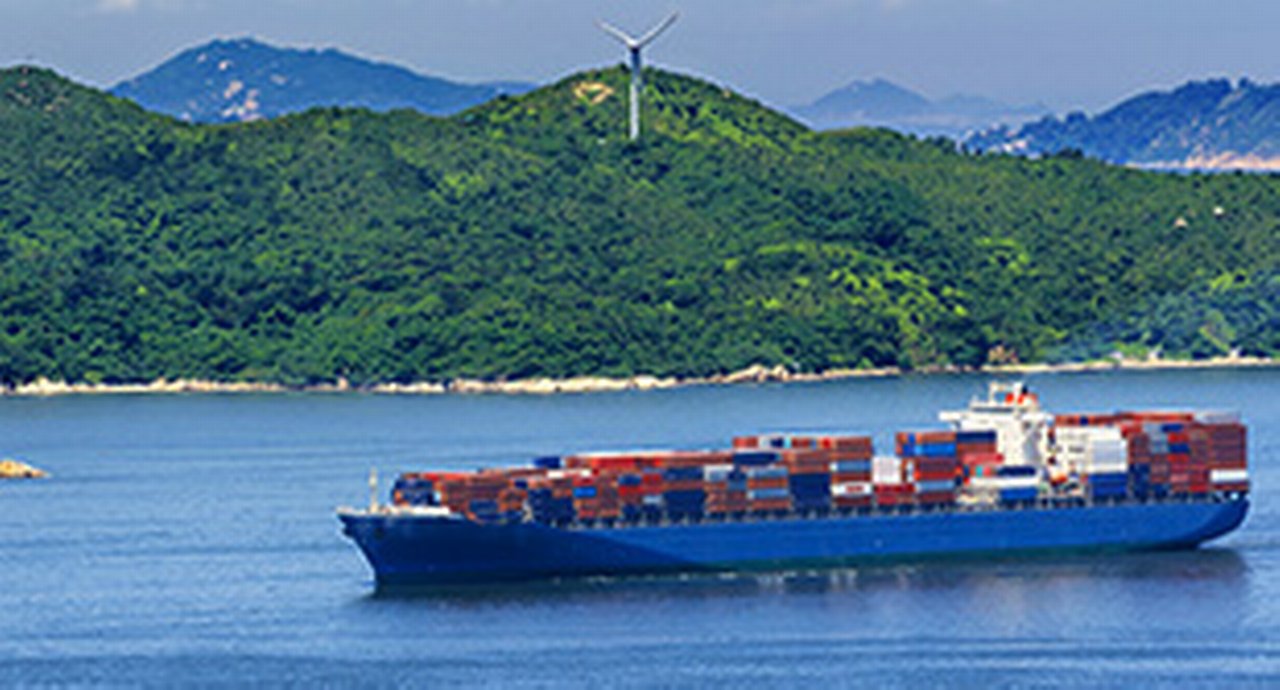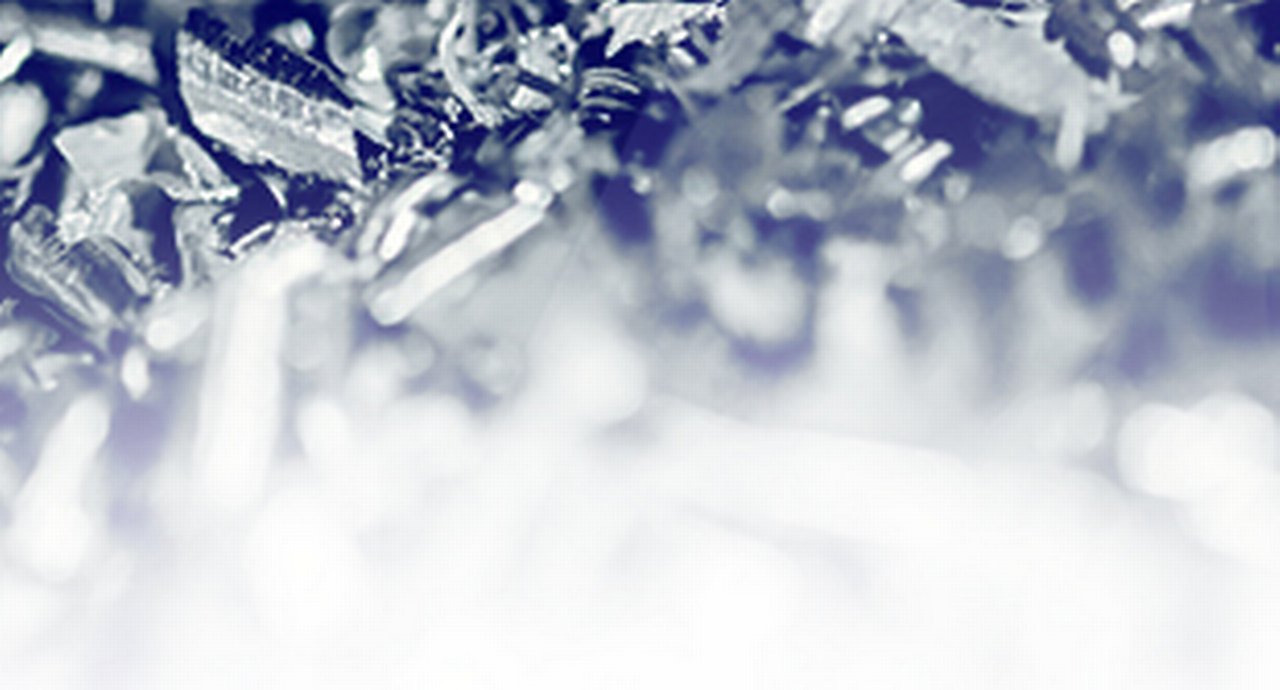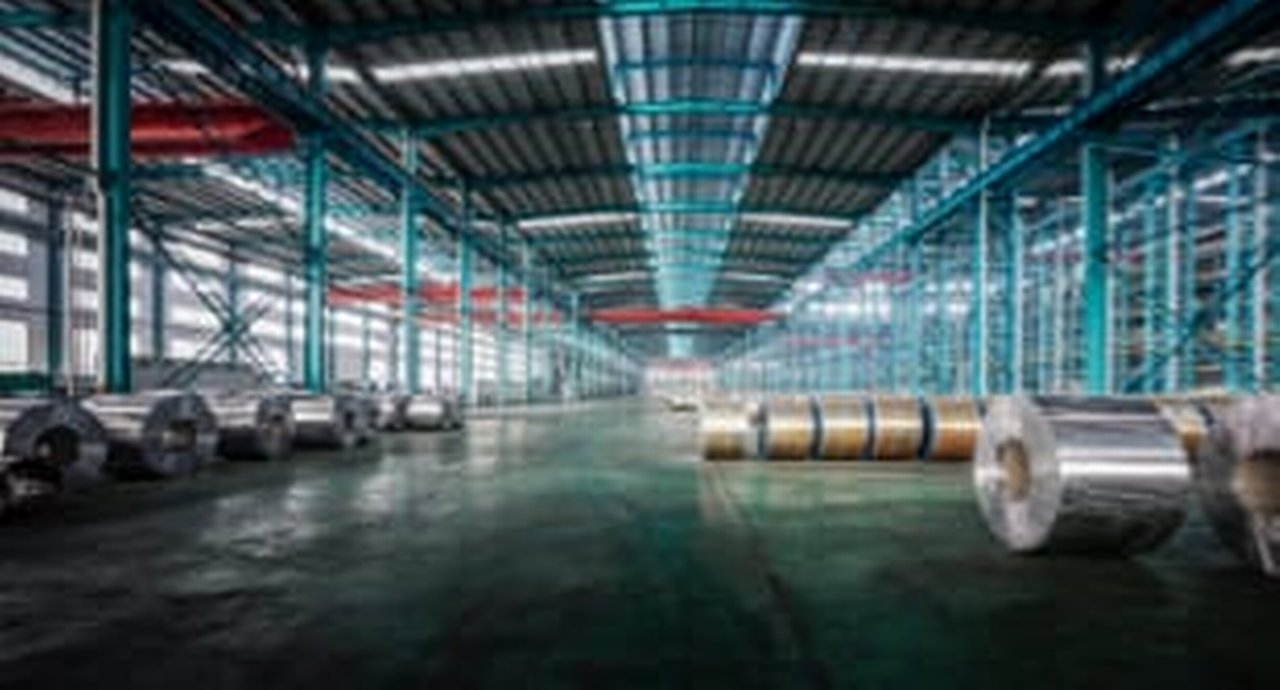21 July 2022
Greater diversity of rare earth metals (REM) supply is essential if the world is to address the dominance of producers such as China and Russia, suggests Dr Rebecca Harding
MINUTES min read
Europe is struggling to cope with record high temperatures, wild fires, threatened power outages and conflict between Ukraine and Russia on its eastern border. Global energy prices are rising so rapidly that inevitably comparisons are being drawn with the twin oil crises of the 1970s.1
The combined effect of a sustained pandemic lockdown in China, supply chain shortages globally and rising food prices threaten to push the world into at best, stagflation where inflation rises but economic growth is flat, and at worst full-blown recession.2 As the US Federal Reserve increases interest rates to stem rising inflation, pressure grows on other central banks to follow suit – if only to avoid the consequences of a weak currency and excessive dollar-denominated debt.3
An integrated approach to sustainablity
We are at the point where a strategic, and integrated approach to sustainability, economic development, growth and (increasingly) defence is looked to from businesses, governments and financial institutions. Trade plays a central role in this strategy, as it has traditionally. The World Trade Organisation’s very purpose is to create a free and fair trading system that is open to and beneficial for all.4 These are well-rehearsed arguments and can start to sound like platitudes against a backdrop of environmental destruction, rising social and economic costs, and increased conflict – arguably all emanating from the same globalisation that free and fair trade was meant to represent.
So now it is less about why trade matters for environmental, social or governance/geopolitical (ESG) reasons. Rather, it is about how trade can help us anticipate future challenges and determine how best to mitigate them when they arise.
Take fossil fuel dependency as an example. The Paris accord of 2015 set a principle for the world to achieve net zero carbon emissions by mid-century.5 One way of achieving this is to transition from the internal combustion engine (ICE) towards electronic vehicles (EVs). To move societies over to EVs en masse and significantly reduce emissions will require around 290 million charging points across Europe by 2040 funded by US$500bn in public-private investment.
“Open and inclusive” trade is not enough to prepare trade, and trade finance for a conflicted future”
Transition commodities
Meeting these targets depends on adequate supplies of lithium-ion batteries, which presents several clear supply chain and geopolitical challenges:
- Pre-2021, Chile and Peru were the main exporters of lithium for batteries but China’s exports have increased exponentially. In December 2021 alone China accounted for nearly as much in export value as Chile and Peru combined.
- In 2020 China accounted for nearly one quarter of the world’s exports of batteries and charge points – its trade volume of US$3.47bn is more than six times that of the Republic of Korea (South Korea), the world’s second largest exporter with US$0.55bn.
- Vietnam and China vie for first place in the exports of rare earth metals for charge points, while China exports 84% of the world’s tungsten (used in electronics) and Russia 84% of the EU’s imports of tungsten.
- Most cobalt, a critical component of many electronic applications in addition to chargers and batteries, comes from a single source – the Democratic Republic of Congo.
- Even if the world moves slowly in transitioning away from fossil-fuel based automotives, clean diesel requires urea – a key chemical in exhaust fluid: Russia is the largest exporter, China the second largest, followed by Qatar, Saudi Arabia and Egypt; collectively they control 50% of the world’s exports.
Rare earth metals
Rare earth metals are used in everyday life and are essential to the way in which we transition to clean energy, adapt our economies to make them digital, and even defend borders. Yet here again, certain producers dominate: China accounts for around 25% of all rare earth exports, and Russia is the source of nearly 20% of all palladium supplies. There are already challenges to NATO’s supply chains of military weapons.6
The world is facing three challenges simultaneously – climate, economic and military – each. of extreme importance for national and international security. The World Trade Organisation’s (WTO) 12th ministerial conference in June 2022 responded with no more than warm words, an agreement to WTO reform and a commitment to maintaining the rules-based international order. Although given that many delegates would not, or could not, negotiate with Russia this could be seen as something of an achievement.
But “open and inclusive” trade is not enough to prepare trade, and trade finance for a conflicted future. Whatever results from the Ukraine conflict, the world will not – indeed cannot – be the same again. The pandemic, conflict and supply chain blockages have each altered our perception of where we should resource supplies from, and what we need to manage this transition.
And yet we are still naïve. For The Economist,7 solving the fall-out from the current energy shock centres on “steadily extending measures with more certainty about which energy sources can be used and for how long.” This is necessarily true – of course we need to transition and in such a way that makes energy supply and security stronger. But have we thought through the unforeseen consequences that this transition will entail? Could it increase our energy, economic, and indeed military dependency on China and Russia in particular, rather than reduce it? Navigating the path ahead means questioning the accepted wisdom now – and the rare earth challenge could ultimately become one of the major battles of the 21st century.
Rare earth metals
Rare earth metals (REM), rare earth elements (REE), and rare earth oxides (REO) are terms for 17 elements on the periodic table:
- Cerium
- Dysprosium
- Erbium
- Europium
- Gadolinium
- Holmium
- Lanthanum
- Lutetium
- Neodymium
- Praseodymium
- Promethium
- Samarium
- Scandium
- Terbium
- Thulium
- Ytterbium
- Yttrium
REMs are used in multiple sectors of defence such as night vision technology. REM chemical combinations can be used as temperature-resistant magnets that have a huge role in aviation. They are used in solar and wind turbine technologies, are found in consumer electronics, the auto industry, and are essential for space-based satellites and communications systems and medical applications that include MRIs, X-ray, lasers, neutron radiotherapy, and various drug treatments.
Source: https://www.techmetalsresearch.com/guide/what-are-rare-earth-metals
Dr. Rebecca Harding is an Independent Economist and CEO Coriolis Technologies
The cover image (© Getty Images) is neodymium stone, part of the rare earth group, the world’s strongest magnetic ore used in the technology industry
Sources
1 See https://bloom.bg/3OkqZTh at bloomberg.com
2 See https://bit.ly/3PEhAXD at worldbank.org
3 See https://on.ft.com/3yTVEkm at ft.com
4 See https://bit.ly/3zj8euQ at wto.org
5 See https://bit.ly/3ohgdCG at un.org
6 See https://on.ft.com/3Oew4w5 at ft.com
7 See https://econ.st/3B2ddl5 at economist.com

Dr. Rebecca Harding
Independent trade economist
Trade finance solutions Explore more
Find out more about our Trade finance solutions
solutions
Stay up-to-date with
Sign-up flow newsbites
Choose your preferred banking topics and we will send you updated emails based on your selection
Sign-up Sign-upSubscribe Subscribe to our magazine
flow magazine is published annually and can be read online and delivered to your door in print
You might be interested in
TRADE FINANCE, SUSTAINABLE FINANCE
Trade’s sustainability challenge Trade’s sustainability challenge
The majority of world trade is unsustainable, and where it is not, it is a symptom of under-development, says trade economist Rebecca Harding. She shares her methodology for a trade sustainablity score and demonstrates why trade policy needs to change
Corporate Bank solutions
How to ensure commodities security in a volatile world How to ensure commodities security in a volatile world
The Russian invasion of Ukraine has put a spotlight on Europe’s uncomfortable dependencies. Securing access to important commodities is key to economic resilience, as well as digital and sustainable transformation – and this requires rethinking sourcing strategies as our new flow special white paper outlines
Macro and markets, Trade finance and lending
Commodities 2022 – a transition-tinted landscape Commodities 2022 – a transition-tinted landscape
As economies implement their decarbonisation targets, this changes supply and demand for not only metals and minerals, but also the energy needed to smelt the ores. Drawing on Deutsche Bank Research analysis, flow’s Clarissa Dann takes a closer look at China’s aluminium output, and the prospect of another oil glut



